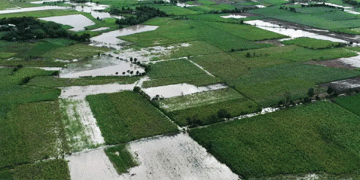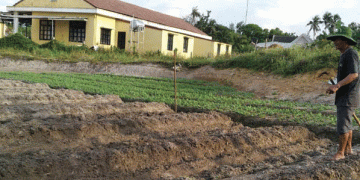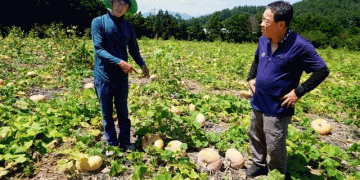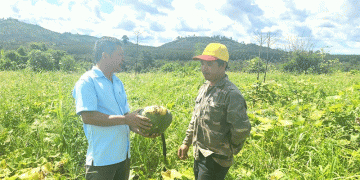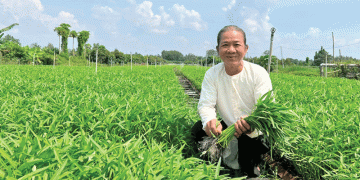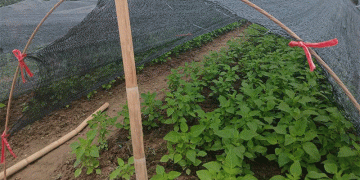The initial assessment is in, and the figures paint a stark picture of devastation. In the wake of Typhoon Tino, the province of Negros Occidental in the Philippines is grappling with combined infrastructure and agricultural losses exceeding P382.3 million. This early tally, reported by the Provincial Disaster Risk Reduction and Management Council, underscores the profound vulnerability of agricultural systems to extreme weather events and the cascading effects of damaged rural infrastructure.
The breakdown of the damage reveals a dual crisis. The overwhelming majority of the loss, P347.3 million, is attributed to ruined infrastructure—including critical bridges, roads, and public buildings across multiple municipalities. This damage is not separate from the agricultural crisis; it exacerbates it. The destruction of vital connectors like the Taytay Intigiwan Bridge and the Inyawan Bridge severs farm-to-market links, hindering both the delivery of aid and the eventual transport of any salvaged harvests. The fact that all hanging bridges in Moises Padilla were destroyed signifies a near-total collapse of local transport networks in some areas, compounding the isolation of farming communities.
The Agricultural Toll: A Sector on Its Knees
While infrastructure bore the brunt of the financial cost, the human and food security impact is most acute in the agricultural sector. The Office of the Provincial Agriculturist reported initial losses of P28.5 million, affecting 1,229 farmers and nearly 1,000 hectares of cropland across 99 barangays.
The damage is heavily concentrated in staple and high-value crops:
- Rice: P24.85 million in losses, representing the most significant blow to the region’s food staple and primary crop.
- High-Value Crops: P3.3 million in damage, affecting the profitability and livelihood of smallholders.
- Corn: P387,682 in initial losses.
- Fisheries: P6.47 million in damages, indicating a substantial impact on aquaculture.
This event is a localized example of a global problem. The UN Food and Agriculture Organization (FAO) consistently warns that the agriculture sector absorbs a disproportionate 26% of the economic impact from climate-related disasters in developing nations. For the 1,229 affected farmers, this is not a statistic but a reality, wiping out seasons of labor and investment overnight.
A Call for Resilient Reconstruction
The declaration of a state of calamity in multiple LGUs, including Hinigaran and Bacolod City, is a necessary step to unlock emergency funds. However, the recovery effort must look beyond immediate relief. The parallel crises of destroyed crops and shattered infrastructure highlight an inseparable link. True resilience requires building back better: constructing bridges and roads that can withstand future floods and investing in agricultural practices and crop varieties that offer greater climate tolerance. For farmers, agronomists, and policymakers, Typhoon Tino is a brutal reminder that in today’s climate, disaster preparedness and robust rural infrastructure are not auxiliary concerns—they are fundamental components of agricultural security and economic stability.
